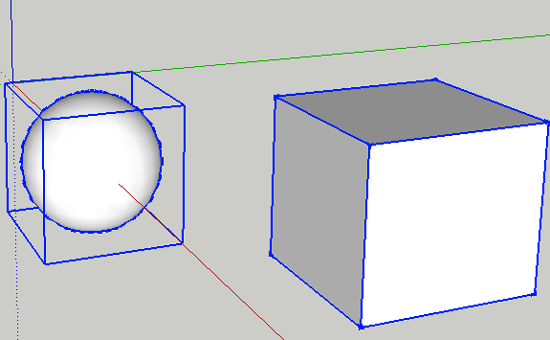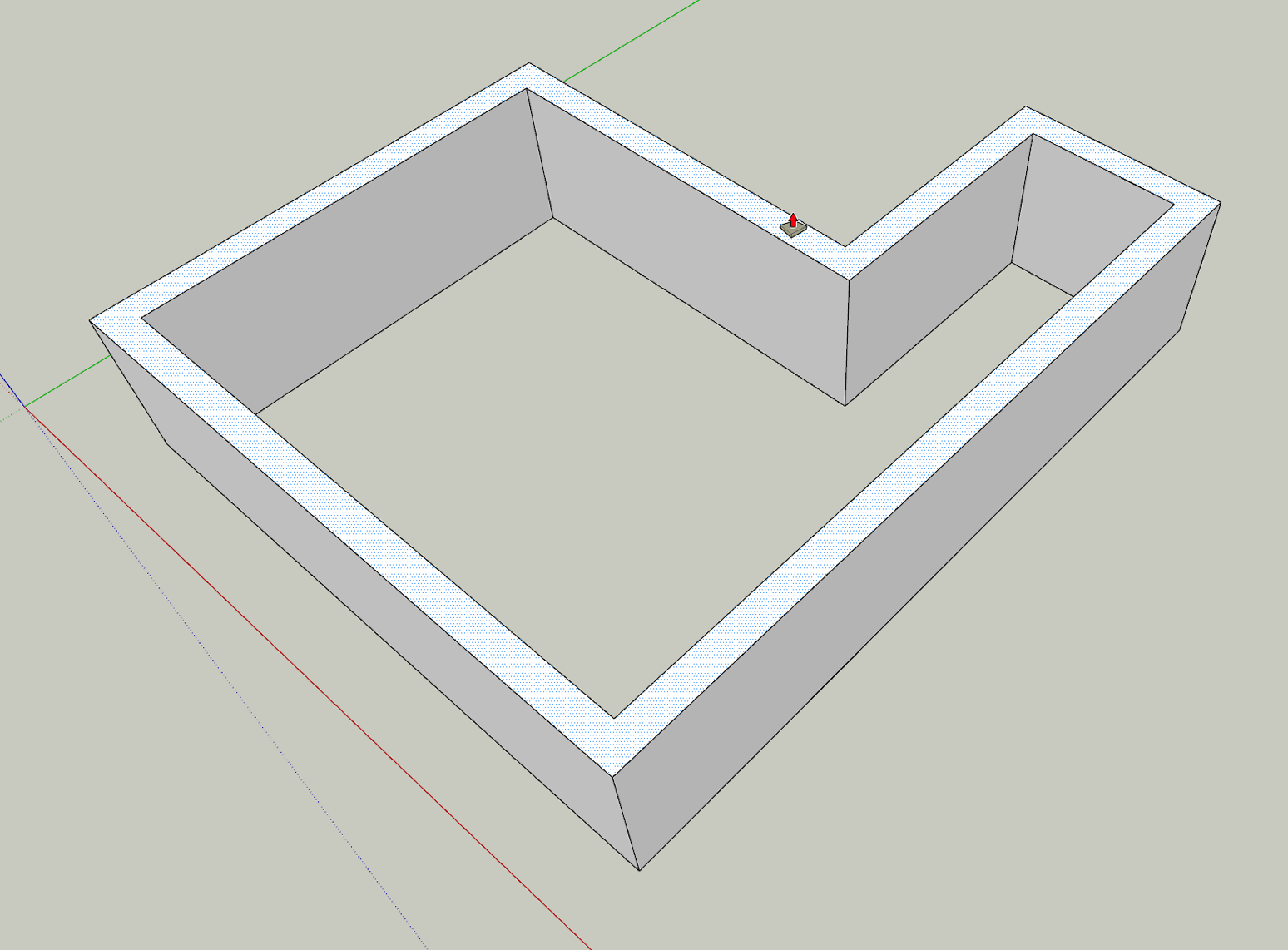

- #Sketchup make an object solid how to
- #Sketchup make an object solid upgrade
- #Sketchup make an object solid full
- #Sketchup make an object solid android
- #Sketchup make an object solid pro
If you’re serious about learning SketchUp.

You just need to invest in some training. Lots of people make the same mistake Tom made. If so, first check that your computer meets SketchUp’s hardware and software requirements:
#Sketchup make an object solid pro
Of course, you might still want to try SketchUp Free for yourself before committing to SketchUp Pro or SketchUp Shop. ( Check the table below to see the feature differences.)įirst, it's important to note that SketchUp Shop is a web application that runs on most internet-connected computers via a recommended browser (e.g., Chrome 59+ or Firefox 52+). You'll lack some features that come with SketchUp Shop, but can get an idea of what it feels like to create a 3D model of your project.
#Sketchup make an object solid full
However, you do have 14 days from the date of purchase to request a full refund for your SketchUp Shop subscription.Īlso, you can try out the core 3D modeling tools & functionality by using SketchUp Free.
#Sketchup make an object solid how to
If you’re going to get the most out of your SketchUp Shop subscription, plan to invest in learning how to use it well. Here are the costs associated with using SketchUp Shop:įor more info about buying the subscription, go to SketchUp’s website. Whether you have a desktop or laptop computer, here are the recommended specifications for running SketchUp Pro:
#Sketchup make an object solid android
SketchUp Pro does not work on mobile devices running Android or iOS operating systems. What are the recommended hardware & software requirements?įirst, it's important to note that SketchUp Pro works on desktop or laptop computers that are running either Windows or MacOS operating systems. Yes! SketchUp offers a 30-day free trial of SketchUp Pro. Is a free trial available? (Yes, a 30-day free trial) If you’re going to invest in SketchUp Pro, plan on investing time and money into learning how to use it correctly.įor advice about how to learn SketchUp, jump to Chapter 3. Want to know what extensions you should install? Tell us what you're using SketchUp for and we'll make some recommendations. And after 1-year, it increases to $240.Įxtensions save you time or allow you to do things you otherwise couldn't.
#Sketchup make an object solid upgrade
This method will save a lot of eraser time and I believe is more true to real life woodworking than the method you describe in that you would most likely shape the ogee profile then scroll saw out the waste.Info Note: After 30 days, the upgrade price increases to $180. Select all and make component then copy/paste to finish the cabinet model. Now you can look from plan view and make an erase window around the over extruded handle of the scroll profiles to erase the majority of the geometry then make an erase window at the bottom corner of each scroll “cutoff” and you are done. Now explode the ogee, triple click the whole deal, and intersect selected. Copy and flip along green (or maybe red?) axis to make the adjacent profile. Extrude the scroll profile through the ogee and extend past by an inch or so, effectively making a “handle” of sorts. Then instead of making another corner piece, just make a plane on the back of the flat back of the grouped ogee corner and draw the scroll saw profile. Here’s how with the free version of SketchUp.īob, I understand how and why you did it the way you did but I would do it slightly different įirst make the extruded ogee profile around the corner using follow me and group that object. With those in hand, or rather on screen, I make them occupy the same space, then presto, changeo alakazam remove the parts I don’t need. In SketchUp, I make two distinct objects, one with the shape along the front face and the other with a flat face and the curves cut out. In the shop it’s a matter of deciding which to tackle first and how to hold the work for the second part. For these feet, it’s a two step process one to shape the ogee that runs horizontally and another to cut the curves along the bottom edge. One method I use to figure out how to do tricky problems in SketchUp is to think of how I would do it in the shop. Objects that curve in two directions are even more complex, and a lot of people get stuck because the tools they learned to use to make a simple curve, Follow Me or Push/Pull cry Uncle and don’t work. SketchUp is extremely fast when you’re making rectangular shapes, but curves can slow you down. This post in response to a question from reader Doug Smith about making bracket feet, as seen in the model of the American Cabinet in our 3D Warehouse Collection.


 0 kommentar(er)
0 kommentar(er)
